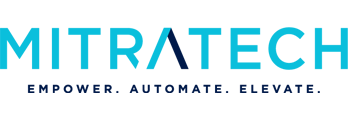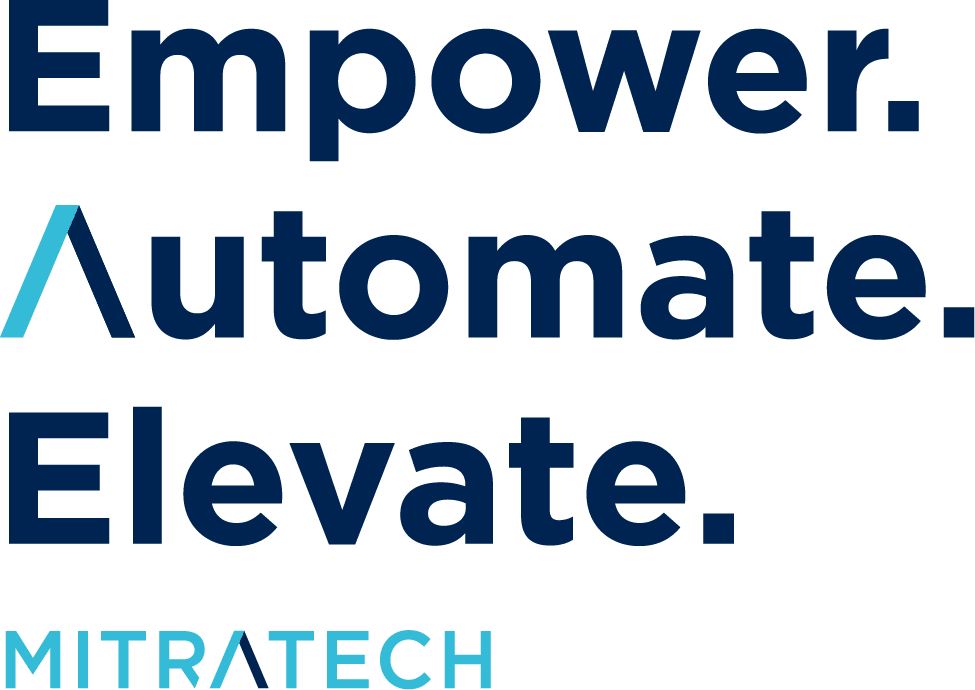How to Boost Productivity in a high-pressure work environment starts with addressing a root cause: stress. More than just an occupational hazard, stress has become a constant companion for today’s professionals. Between nonstop notifications and the pressure to always be “on,” maintaining performance at this pace is unsustainable without a strategic approach to time, energy, and focus.
But stress itself isn’t the enemy. In fact, when managed well, stress, especially the positive kind, can sharpen our focus, boost motivation, and support high performance. The real challenge is learning to ride the wave without being pulled under. That’s where intentional leadership, personal boundaries, and tools come in.
Here’s how to not only survive the “stress storm” but lead others through it.
1. Understanding Eustress vs. Distress: Know the Difference to know How to Boost Productivity
Stress often gets a bad rap, but not all stress is harmful. Eustress is a type of positive stress, moderate or normal psychological stress that can feel exciting, motivating, and energizing rather than overwhelming. This kind of stress can push us toward growth, learning, and resilience. The real issue begins when eustress crosses a threshold and becomes distress, a chronic, draining state that undermines our well-being.
Actionable Step: Use simple check-ins like green/yellow/red ratings at the start of meetings to take stock of how your team is feeling at the moment.
2. Setting Boundaries Isn’t a Luxury, It’s a Leadership Skill
Many leaders fall into the trap of equating busyness with value when they are looking on how to boost productivity. But true impact comes from focus, not frantic multitasking. The ability to say “no,” block time, and protect your mental bandwidth is a core leadership strength.
Actionable Steps:
- Block calendar time for focused work and recovery.
- Set (and communicate) your availability expectations.
- Normalize boundary-setting within your team.
3. Empower, Don’t Absorb
Leaders aren’t meant to be stress sponges. Instead of trying to solve everything, coach your team to own problems and build autonomy. Asking, “What do you think the next step is?” not only invites engagement, but builds capability and confidence.
Your actions set the tone. If you respond to emails at midnight or accept every meeting invite, you’re teaching your team that boundaries are optional. But if you model balance, recovery, and intentionality, you’ll help others do the same.
Actionable Step: Set clear boundaries and stick to them, log off on time, decline unnecessary meetings, and communicate your priorities transparently. Lead by Example (Especially When It’s Hard).
4. Make Recovery Non-Negotiable
Working through lunch and skipping breaks isn’t noble, it’s neglect. The human body isn’t wired for nonstop output. True productivity requires strategic recovery.
Whether it’s taking a midday walk, hitting the gym, or making time for therapy, recovery is leadership.
Not everything matters equally. The Eisenhower Matrix is a simple but powerful way to filter tasks by urgency and importance, helping you avoid chasing every new fire. Combine this with daily focus blocks (no meetings, no email) to reduce cognitive load and drive meaningful results.
Actionable Step: Model recovery yourself. When leaders visibly prioritize rest and renewal, they give their team permission to do the same, promoting a healthier, more sustainable workplace culture. Start each day by identifying your top priorities using the Eisenhower Matrix, then block focused, distraction-free time to tackle them.
The Bottom Line to know How to Boost Productivity
In a world where stress is inevitable, your approach to it can make all the difference. Boundaries, recovery, and purpose-driven productivity are more than buzzwords, they’re survival strategies.
Saying “no” isn’t a weakness. Recovery isn’t indulgence. Leadership isn’t perfection.


